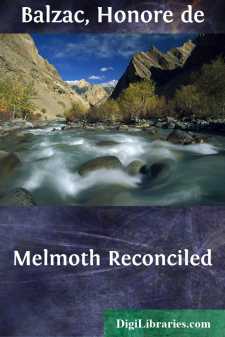Categories
- Antiques & Collectibles 13
- Architecture 36
- Art 48
- Bibles 22
- Biography & Autobiography 813
- Body, Mind & Spirit 142
- Business & Economics 28
- Children's Books 17
- Children's Fiction 14
- Computers 4
- Cooking 94
- Crafts & Hobbies 4
- Drama 346
- Education 46
- Family & Relationships 57
- Fiction 11829
- Games 19
- Gardening 17
- Health & Fitness 34
- History 1377
- House & Home 1
- Humor 147
- Juvenile Fiction 1873
- Juvenile Nonfiction 202
- Language Arts & Disciplines 88
- Law 16
- Literary Collections 686
- Literary Criticism 179
- Mathematics 13
- Medical 41
- Music 40
- Nature 179
- Non-Classifiable 1768
- Performing Arts 7
- Periodicals 1453
- Philosophy 64
- Photography 2
- Poetry 896
- Political Science 203
- Psychology 42
- Reference 154
- Religion 513
- Science 126
- Self-Help 84
- Social Science 81
- Sports & Recreation 34
- Study Aids 3
- Technology & Engineering 59
- Transportation 23
- Travel 463
- True Crime 29
The Muse of the Department
by: Honore de Balzac
Categories:
Description:
Excerpt
THE MUSE OF THE DEPARTMENT
On the skirts of Le Berry stands a town which, watered by the Loire, infallibly attracts the traveler's eye. Sancerre crowns the topmost height of a chain of hills, the last of the range that gives variety to the Nivernais. The Loire floods the flats at the foot of these slopes, leaving a yellow alluvium that is extremely fertile, excepting in those places where it has deluged them with sand and destroyed them forever, by one of those terrible risings which are also incidental to the Vistula—the Loire of the northern coast.
The hill on which the houses of Sancerre are grouped is so far from the river that the little river-port of Saint-Thibault thrives on the life of Sancerre. There wine is shipped and oak staves are landed, with all the produce brought from the upper and lower Loire. At the period when this story begins the suspension bridges at Cosne and at Saint-Thibault were already built. Travelers from Paris to Sancerre by the southern road were no longer ferried across the river from Cosne to Saint-Thibault; and this of itself is enough to show that the great cross-shuffle of 1830 was a thing of the past, for the House of Orleans has always had a care for substantial improvements, though somewhat after the fashion of a husband who makes his wife presents out of her marriage portion.
Excepting that part of Sancerre which occupies the little plateau, the streets are more or less steep, and the town is surrounded by slopes known as the Great Ramparts, a name which shows that they are the highroads of the place.
Outside the ramparts lies a belt of vineyards. Wine forms the chief industry and the most important trade of the country, which yields several vintages of high-class wine full of aroma, and so nearly resembling the wines of Burgundy, that the vulgar palate is deceived. So Sancerre finds in the wineshops of Paris the quick market indispensable for liquor that will not keep for more than seven or eight years. Below the town lie a few villages, Fontenoy and Saint-Satur, almost suburbs, reminding us by their situation of the smiling vineyards about Neuchatel in Switzerland.
The town still bears much of its ancient aspect; the streets are narrow and paved with pebbles carted up from the Loire. Some old houses are to be seen there. The citadel, a relic of military power and feudal times, stood one of the most terrible sieges of our religious wars, when French Calvinists far outdid the ferocious Cameronians of Walter Scott's tales.
The town of Sancerre, rich in its greater past, but widowed now of its military importance, is doomed to an even less glorious future, for the course of trade lies on the right bank of the Loire. The sketch here given shows that Sancerre will be left more and more lonely in spite of the two bridges connecting it with Cosne.
Sancerre, the pride of the left bank, numbers three thousand five hundred inhabitants at most, while at Cosne there are now more than six thousand. Within half a century the part played by these two towns standing opposite each other has been reversed....












